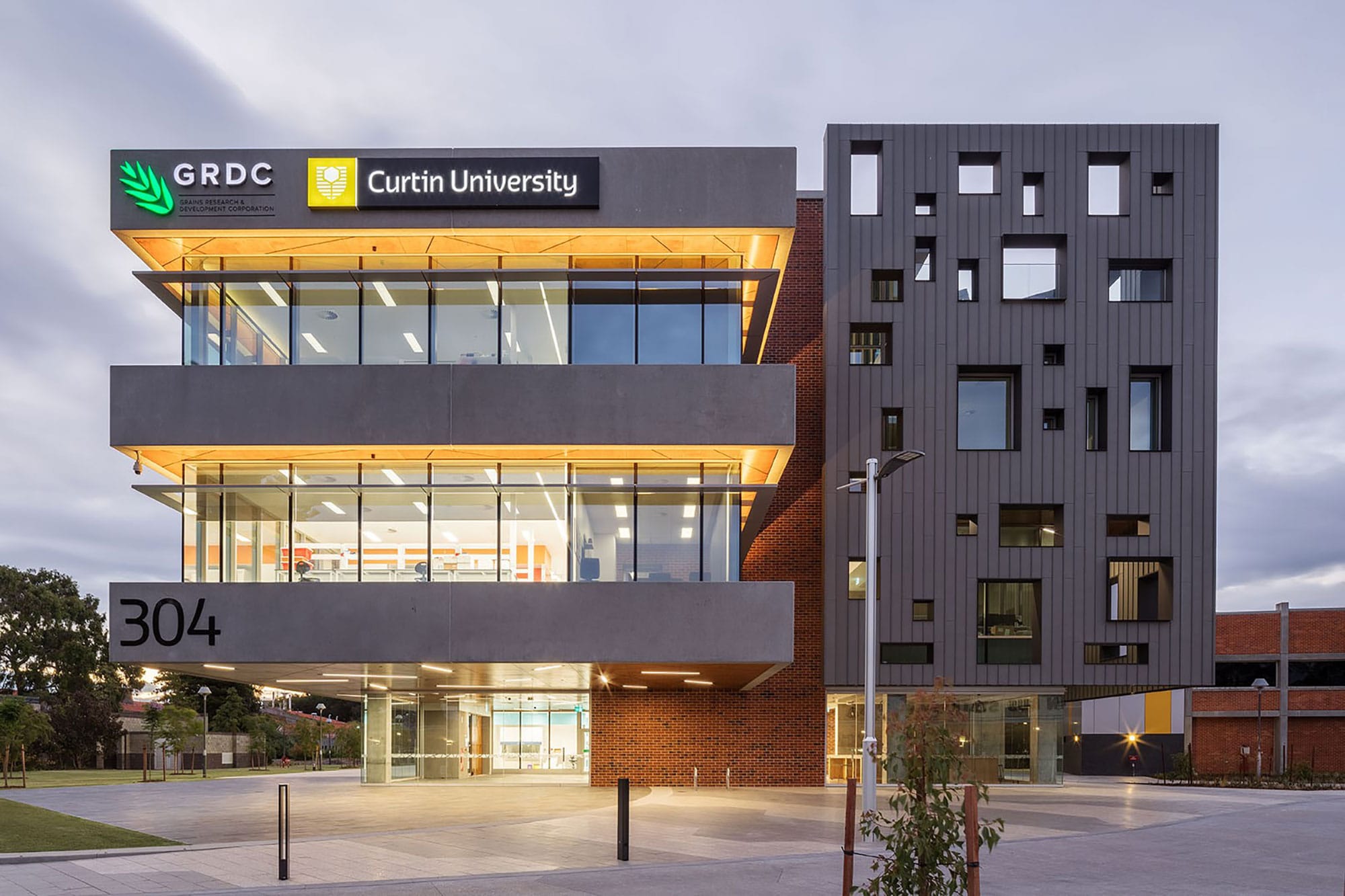Curtin University Partners with Resources Technology Showcase 2019 to Put Students’ Innovation on Global Stage

Curtin University’s research into the mining and oil and gas industries will be brought to life for all West Australians after the Bentley institution became a partner for the inaugural Resources Technology Showcase 2019.
Over two days in November, the Resources Technology Showcase will profile innovations in remote operations, augmented reality, robotics and autonomous haulage that make WA’s resources sector the most advanced.
Speakers include BHP Minerals Australia’s Mike Henry, Woodside Petroleum’s Peter Coleman, Chevron Australia’s Al Williams, Shell Australia’s Zoe Yunovich, Fortescue Metals Group’s Elizabeth Gaines and Rio Tinto’s Ivan Vella.
Curtin vice-chancellor Deborah Terry said the event, presented by Seven West Media, was an excellent opportunity to profile the university’s ability to solve real-world problems.
“For example, Curtin is partnering with Innovation Central Perth to develop Internet of Things solutions for mining companies across the sector, including building wireless technology testing platforms for industry, as well as working with Optus through the Optus-Curtin Centre of Excellence in Artificial Intelligence on the application of 5G technology in mining,” she said.
“Curtin is also leading a collaboration … as part of the new Australian Research Council Industrial Transformation Training Centre aimed at using data science to transform asset maintenance for Australia’s resources sector.”
As lead agency in the $135 million Future Battery Industries Co-operative Research Centre Curtin is at the forefront of the evolution of WA resources industry, a position it has held for more than a century courtesy of its WA School of Mines, Professor Terry said.
“For more than 110 years, the school has provided high-quality education and undertaken both applied and advanced research, earning a reputation for producing highly skilled and industry-ready graduates,” she said.
“For the third year in a row, the school’s mineral and mining engineering programs were ranked first in Australia and second globally by the prestigious QS World University Rankings. And all of its other major engineering programs — chemical, civil and structural — ranked in the top 100 in the world.
“As the industry moves rapidly towards remote and autonomous production, it will need more skilled operators, technicians, instrumentation geologists, geoscientists, surveyors and engineers and environmentalists — and each of these jobs will require different skill sets than previously thought.
“That means the future employability of our graduates will depend on our ability to respond to digital disruption — and we need to ensure students are equipped to handle the changing landscape of mining, particularly when it comes to the increasing use of autonomous mining and robotics technology.”
Curtin is finalising a revised curriculum for the school to incorporate robotics, data analytics and additive manufacturing.
“The new curriculum will ensure the school capitalises on the opportunities presented by the rapid technological transformations impacting the sector.” Professor Terry said.
Source: The West Australian, 13 July 2019
